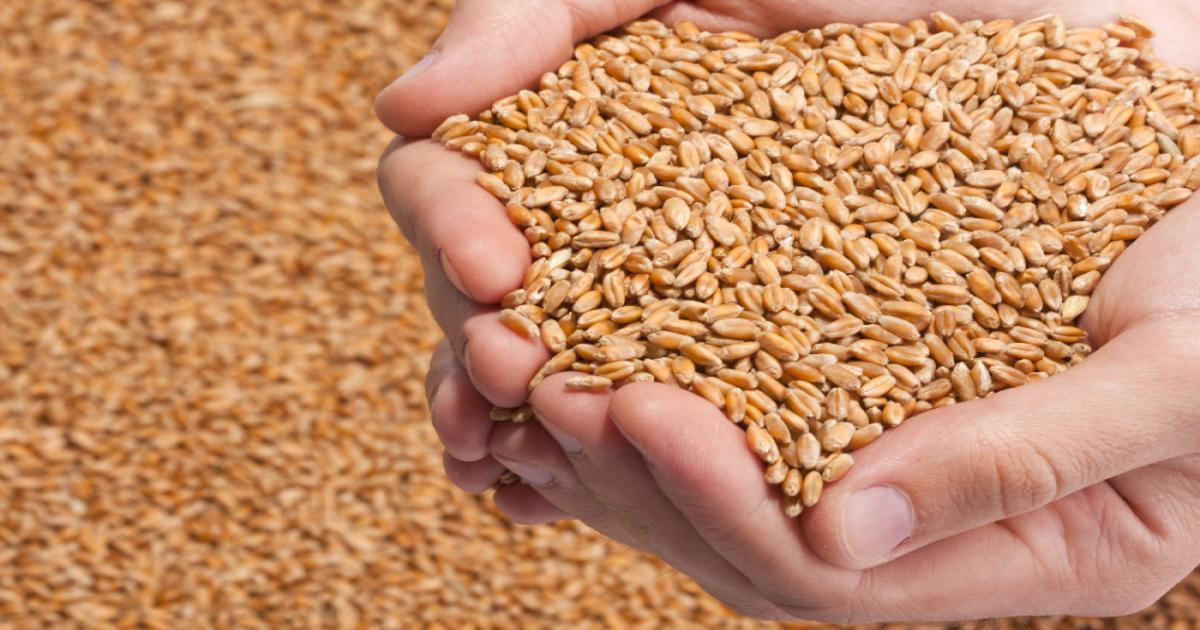
Wheat is a staple crop in India, and its market price constantly fluctuates. For both farmers and consumers, keeping updated on mandi prices is essential to determine the right time to sell or buy. Madhya Pradesh, known for its significant wheat cultivation and trade, often draws interest in its mandi prices.
Let’s look at today’s latest wheat prices in some of the key mandis of Madhya Pradesh.
| Mandi Name | Arrivals (in tons) | Variety | Min Price (₹/quintal) | Max Price (₹/quintal) |
| Alirajpur | 26.32 | Wheat | ₹ 2,700 | ₹ 2,800 |
| Banmorkalan | 3.5 | Wheat | ₹ 2,650 | ₹ 2,650 |
| Bhikangaon | 34.5 | Mill Quality | ₹ 2,700 | ₹ 2,825 |
| Chaakghat | 5.2 | Mill Quality | ₹ 2,740 | ₹ 2,750 |
| Dewas | 12.54 | Wheat | ₹ 2,511 | ₹ 2,539 |
| Itarsi | 102 | Wheat | ₹ 2,625 | ₹ 2,655 |
| Jatara | 36.4 | Wheat | ₹ 2,600 | ₹ 2,600 |
| Jhabua | 12.3 | Wheat | ₹ 2,500 | ₹ 2,600 |
| Khandwa | 12.27 | Mill Quality | ₹ 2,872 | ₹ 2,889 |
| Khargone | 13.34 | Wheat | ₹ 2,650 | ₹ 2,700 |
Wheat prices in mandis depend on various factors, such as supply, demand, weather conditions, government policies, and the Minimum Support Price (MSP). Prices tend to rise if there is a supply shortage or adverse weather conditions. Conversely, prices may drop with an abundant harvest.
Valuable Tips for Buyers and Farmers: Buyers should monitor mandi prices regularly to purchase wheat at the best rates. Farmers are advised to sell their produce based on current prices for better returns.
Conclusion: Wheat prices in mandis fluctuate frequently, impacting both farmers and consumers. Timely, accurate price information is essential for making informed decisions.